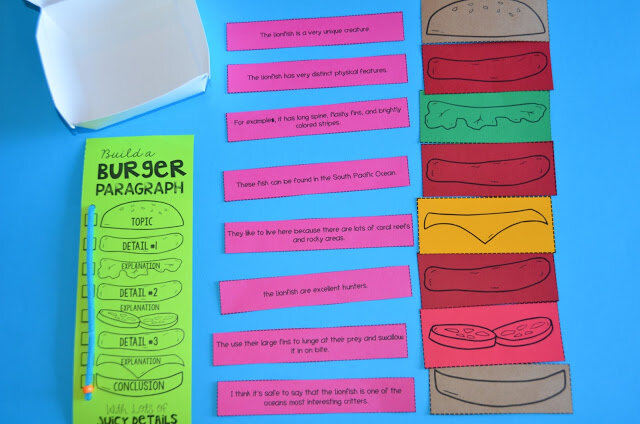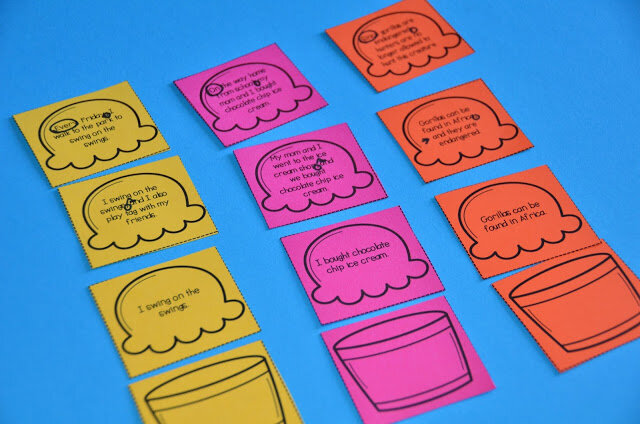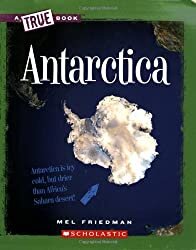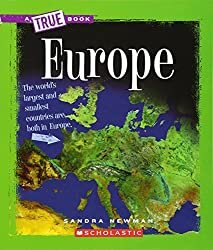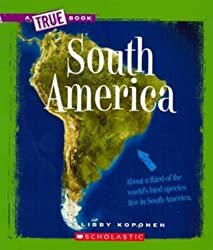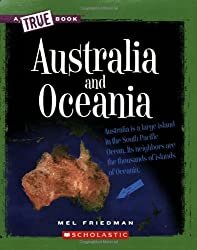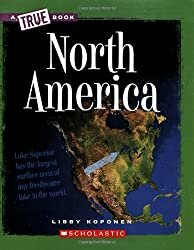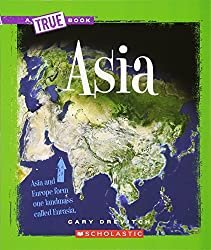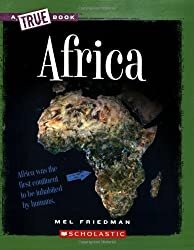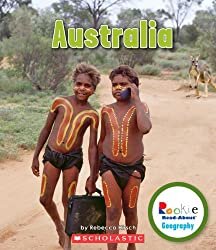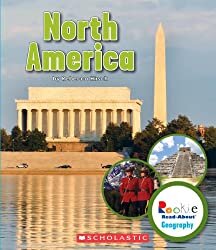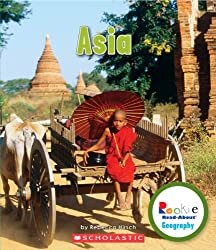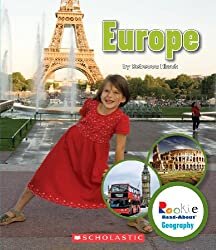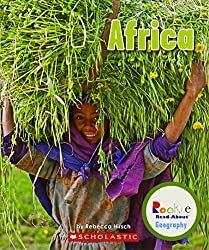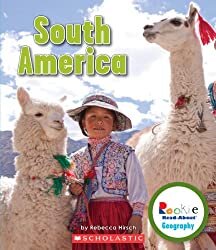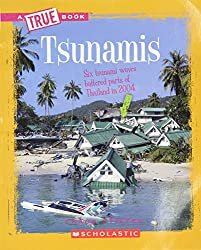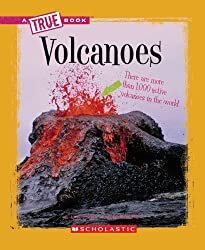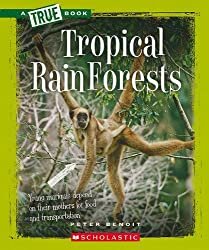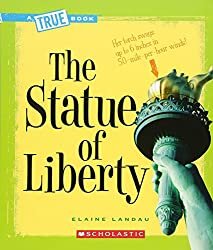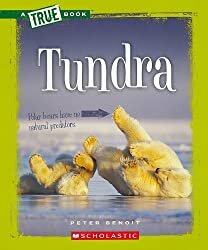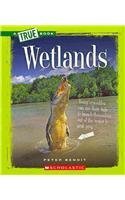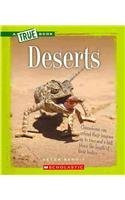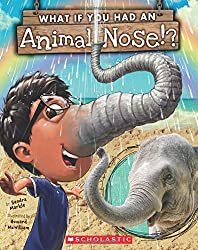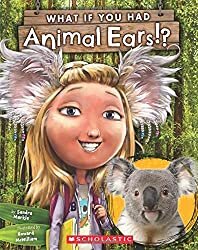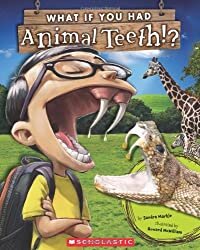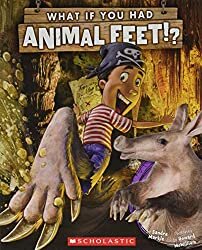Research For Kids: Around The World & Back
Are you ready to get your research on? This has always been one of my absolute favorite writing skills to teach. Why? Because it gives our students every essential that they need to become an independent life-long learner - the goal of every teacher. Teaching kids that they have access to anything they want to know about is probably one of the most important things that we can do for them. Plus, kids absolutely dive right on into the challenge, and engagement is made super easy. They love researching. Period! (All resources pictured are available HERE!)
Here is a look at how I break down research skills for kiddos:
1. Essential Questions:
I begin by having the kids think of essential questions - things that they think their audience would want to know about their subject. This really drives their research process and keeps their thoughts organized. Organization and focus is key! Otherwise research becomes quite overwhelming. Essential questions help narrow down the topic and really allow the students to zone in on specific areas to research.
Next, I have the students select their essential questions that they want to focus on. Then they begin locating facts that will answer one of those questions. In the past when I just sent kids off to research a topic, the facts were ALL. OVER. THE. PLACE! It was a disaster. Essential questions keep them focused and on track. They aren't just researching Africa. That is way too broad of a topic to cover anyways. Instead, they are looking for specific facts about this continent driven by their questions.
2. Research
The key to research is teaching students to locate facts - yes even at a young age. We never want to teach them the habit of copying text. The secret to this is developmentally appropriate websites and books. (I will link some of my favorite books to use for research below.) If the students can comprehend the level text that they are working with, they will have greater success at locating information to use for their writing.
The second key is modeling the expectation and then being consistent with your reinforcement. Yes, it's exhausting. Yes, it will make you want to pull your hair out. All the wrinkles, people! All the wrinkles! But by breaking down and simply allowing writers, especially struggling writers, to simply copy (because that is easier for us) is a horrible habit that they will then fight to break for years to come. Let's just get it right the first time - for them!
I spend a great deal of time modeling and allowing the students to practice fact finding. I then make sure that they are not writing these facts in complete sentences. This also helps with the copy cat syndrome. Above the students are using their fact finder to identify facts in travel postcards. As they are finding facts, they are also reading a solid paragraph structure. Exposure is key to creating solid readers.
Once they have mastered this concept, we hit the books, and I allow them to find facts for their topic. Here the students are researching a specific continent for an Around the World and Back writing prompt.
Once that instruction is done and your students know how to effectively find facts, they simply organize those facts into a paragraph - including details and examples to add depth. Easy as pie once they know how to create a strong paragraph! So let's talk about that writing.
3. Write!
To save the kiddos' sanity (and your sanity for that matter), the writing instruction should be done PRIOR to teaching students how to research. I always teach students how to write a strong informational paragraph before I transition them into little researchers. This way the focus can be on the research, and the writing and structure is something they have previously nailed. You will be so thankful to structure your instruction this way.
When teaching students are learning how to write a strong informational paragraph, I use a lot of strategies including paragraph puzzles, the hamburger strategy, and interactive editing. You can find the resources pictured HERE!
Relating the structure of a paragraph to a hamburger is an excellent way to really make it stick with your students. Pushing them to expand details with explanations is what will make them skilled writers. Again, a skill that should be taught - even to young authors.
Paragraph puzzles are a great way to expose students to a great structure. I will say it a thousand times - exposure is key. Paragraph puzzles are super easy to create and extremely beneficial for young writers. simply cut apart a strong examples of a paragraph and allow students to organize and piece it together. Make sure that each paragraph has a strong topic and conclusion sentence. The more they see, the better they will grasp the concept. This is the best way to use a mentor text. You want the students to understand the text enough to use it as a template for their writing - taking note of the craft and structure. Paragraph puzzles are a great mentor text, especially for young authors.
We then focus on strong sentence structure. This is really the second component that will make research writing a breeze for your kiddos. They will then be able to take all of those details that they extracted during research and turn them into strong sentences that flow and create that paragraph. You can find the resources pictured HERE!
Allowing the students to see how a simple sentence can easily be transitioned into a compound, or even complex, is a great way to build sentence variety.
4. Reflect
Reflection is such a critical part of the writing process. Students should always take time to see what went well with their writing and find areas for improvements. Too many times, teachers are telling students what they should do to improve. In the real world, the first step to fixing a problem is admitting you have one! When we teach students how to monitor their own writing, the value of them finding their own mistakes is so much greater than if we point them out for them. This part of the writing process is essential, so make the time for it. You won't be sorry. This is where the lightbulb moments occur, and we all know those are our favorites.
5. Share!
What good is all of the work of research if you can't share it with anyone? Allowing students to learn and grow from what one another has learned is powerful. It also provides students with an audience and a purpose. These are both keys to building strong writers.
I always think of a way to engage my students in this part of the writing process. Allowing students to come up and read their papers out loud is straight up boring. I mean let's just be honest. So during Around the World and Back, the students take their passports and rotate around the room to learn about the seven continents. We put those fact finding skills to use once more as the students identify 2-3 facts about each continent.
Where do I find resources?
Finding books and resources for research is the most difficult battle for teachers. I try to always integrate our research with science and social studies concepts that are tied to our standards. Below are some of my favorite books for 2nd-4th grade researchers centered around those two content areas.
Click on any of the titles to take a closer look online.
Around the World and Back (Our 7 Continents)
Other Topics for Research
Great for Read Alouds, Modeling, and Student Research...
Amy Lemons and I have put our heads together to make writing as easy as possible for teachers and as engaging as possible for students. You can check out our writing curriculum HERE!
Happy researching!








